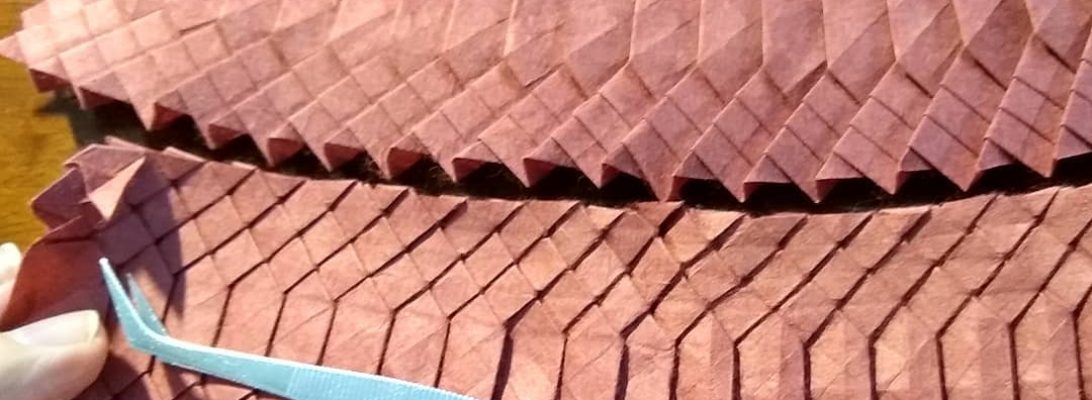Having ordered the book “Origami Masters Bugs – how the bug wars changed the art of origami” I was itching to fold a bug:
Robert Lang is a master paper engineer, I have a few of his books – this is from Origami Insects Volume II and I decided to give it a try – it was way outside my skill ability so I sort of resolved to keep folding until … I couldn’t work out what to do next, if that makes sense. In the end I managed all of the detailing (although some not very elegantly).
The resultant bug is astonishing – the legs are jointed and end in claspers, the head, cephalothorax jointed, it has antennae, horns and is really bug like. Continue reading





























